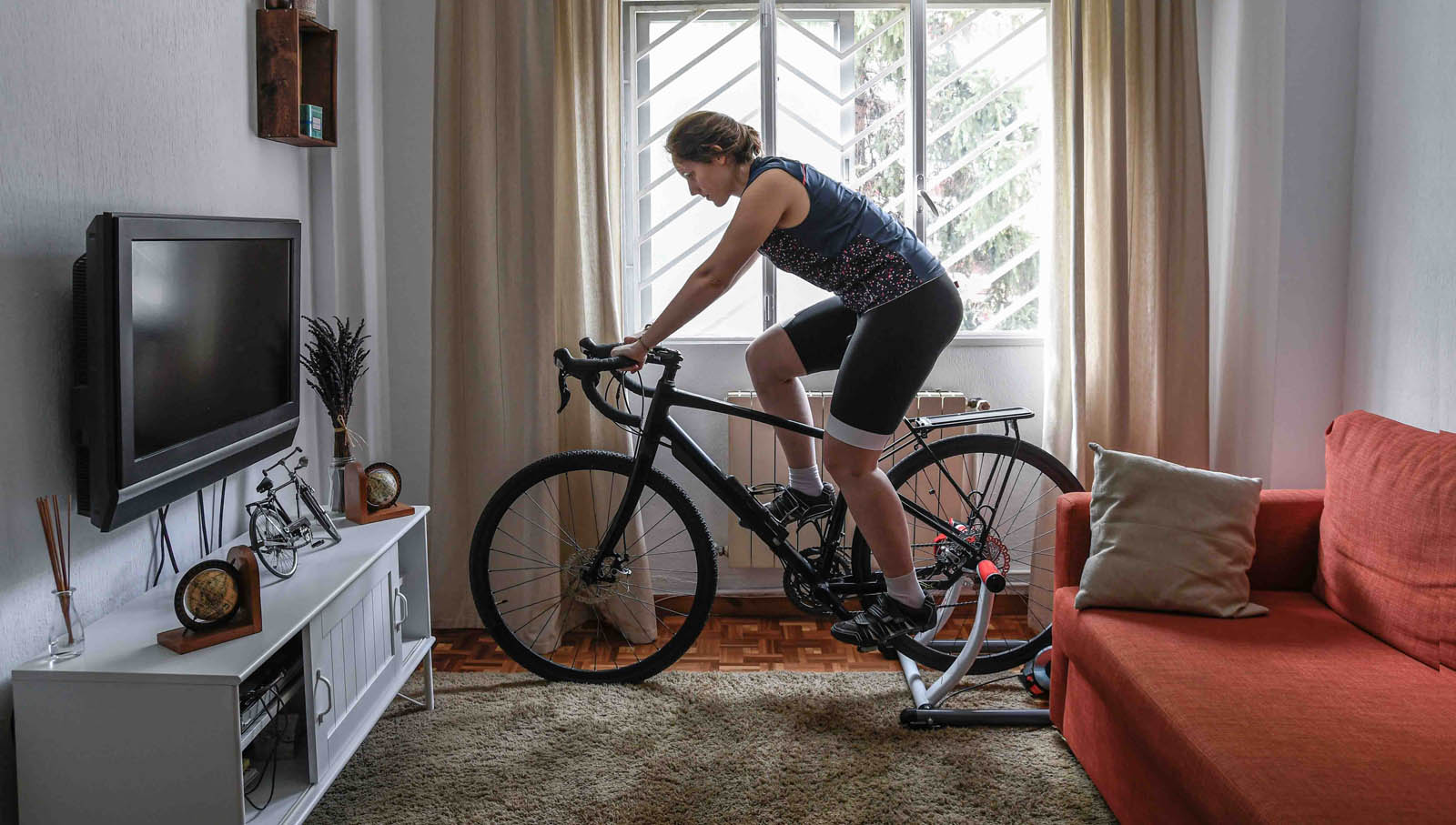
3 Ways COVID Has Changed Home Improvement
Filed Under: COVID
Alex Palermo
Senior Vice President, B2B Research
As a B2B researcher, I’m always interested in learning what’s new at industry events. We recently had the pleasure of sponsoring day 2 of the Home Improvement Research Institute (HIRI) Summit, which was virtual again this year. C+R typically attends this conference inperson in Chicago every year, but for the past two years we have been attending from the comfort of our own homes. Being at home again this year made it easy for me to compare the trends that I saw on my computer screen to the changes I have been making to my own living environment.
If you have found yourself getting creative with your living environment in this new “work from home” world, you’re not alone. Between supply chain issues and home stock shortages, it’s extremely likely that you or someone you know has decided to stay-in-place and reinvent their current living space rather than invest in a new one.
While at the HIRI Summit, I gleaned some lasting imprints on home improvement, here are three:
1. Closets become offices
Have you heard of a “cloffice” (closet + office)? Maybe you have one. This trend was not born during the pandemic, but it surged in popularity in early 2020 when workforces were largely sent packing to set up shop at home.
According to a recent article Washington Post article, cloffices sprang up on Pinterest and Instagram early in the pandemic, peppered with #cloffice selfies. This trend struck a chord, especially with those struggling for privacy in small apartments and those looking for separation between work and living spaces.
Small apartments are not the only habitats that can benefit from a cloffice. Think about the open floor plans of the early 2000s. No one ever imagined we would need more separation between our work and home lives than ever before. And even better, when you have a cloffice, you can close the door on your work life when you “pack up for the day.”
Without a crystal ball, we don’t know when most company offices will open back up, how long-lasting the flex schedules will be, or if cloffices will stay. Perhaps these spaces will continue to hold our work-life behind closed doors, or maybe they will revert back to the storage spaces they once were as the workforce returns to the office.
2. Home fitness equipment becomes décor
Prior to the pandemic, you might have had a friend or two who bragged about their Peloton bike or tread. Back then, it was rare to have these pieces of equipment and even more rare to display them in an open space.
Since the pandemic, home fitness equipment has taken off. But it’s not just for working out. Some of the newest competitors to Peloton like The Mirror and Tonal feature sleek flatscreens that double as home décor. In fact, when you are not using it, The Mirror turns into a fully functioning mirror. Tonal, on the other hand, is a very large and futuristic looking device that must be hung from the wall and requires a major installation to support up to 200 lbs of digital weights.
This is not just exercise equipment – these are statement pieces. Gone are the days of hiding the Stairmaster in the corner. Exercise, like work, has become part of the home ecosystem, and people want to showcase their dedication to their personal fitness.
3. Delivery apps expand beyond grocery
Not only is the way in which we are designing our homes changing, but the way we are purchasing is getting even faster.
Thanks to COVID, online delivery has accelerated at a breakneck pace. due to the expansion of services like Amazon Prime and Instacart, consumers expect same-day or next-day delivery no matter their zip codes.
Now, companies like Frayt are sending drivers to Lowe’s and Home Depot to pick up your materials for you and deliver them to your doorstep. Just like Uber or DoorDash are serving the grocery category, Frayt is serving an untapped home improvement delivery market. The delivery apps have clearly seen major growth during the past year and a half and will perhaps open other doors to untapped markets.
So, the next time you want to build a shelf for your cloffice or a towel rack for your home gym, you might not even need to set foot in a store.
Which of these three trends do you think is most likely here to stay?
explore featured
Case studies

